Well, I would go as far as to say nobody is going to go out and buy an OS. Back in the 90s maybe, but these days OS X is free, Linux is free, and Windows comes with your computer.
The IT/Tech world is actually where the focus is. The end user doesn't spend money on software, but I can assure you that businesses do. There is plenty of proprietary software being sold to businesses. This is where the money has always been, and home use has always been a secondary market. Server software also happens to be thousands of times (literally) more expensive than any desktop software.
I get so many ads for high-end server software and equipment on a daily basis. I get cold calls constantly too. These days there are a lot of cloud services being sold.
An OS designed for an end user will certainly bundle a GUI, but the two parts are very much separate. That's the point I'm trying to argue. For me this is obvious, because I'm a developer of GUI applications, and have been compiling kernels for 15 years, so I see the separation from a vantage point that not everyone has the opportunity to.
GUI vs CLI... that's another interesting change that's happening. The server has always been very CLI-heavy, but these days you don't even really have to do that. The new trend is "infrastructure as code". You never have to actually administer a server, because you build scripts that automate it. Look at tools like Chef, Puppet, Ansible, CFEngine (real oldschool). That's where everything is now. If a server has problems, kill it and spawn a new instance.
The way I see it, there are four ways to use an OS. You have the classic desktop/laptop. You have the server. You have the mobile device. Then you have the appliance.
All of the work towards Linux GPU improvements are for the "appliance" use case. This is pretty much being driven by Valve's SteamOS initiative. Valve humours us by releasing Steam for Linux, but the real purpose is to create a competitor to game consoles. An open game console, if you will.
Fridges, microwaves, TVs, and other "smart" devices also fall into this appliance category. They use an OS, they also have their own custom GUI. Often that's built on top of Android, but not always. Wayland (a new display protocol) is being used in some of these applications as well.
Just confirming Windows 8 still sucks
-

uebermann - Site Admin
- Posts: 5679
- Joined: Thu Aug 16, 2012 12:56 am
- Location: Tyler, TX
- Gender:

- Has thanked: 171 times
- Been thanked: 384 times
- Political Leaning: Middle of the Road
-

uebermann - Site Admin
- Posts: 5679
- Joined: Thu Aug 16, 2012 12:56 am
- Location: Tyler, TX
- Gender:

- Has thanked: 171 times
- Been thanked: 384 times
- Political Leaning: Middle of the Road
-

fstarcstar - Governor
- Posts: 2616
- Joined: Sat Aug 18, 2012 4:47 pm
- Gender:

- Has thanked: 130 times
- Been thanked: 155 times
Re: Just confirming Windows 8 still sucks
Can any of you actually list any real reasons for why Windows 7 is superior, lol? I mean honestly.
-

exploited - Vice President
- Posts: 23035
- Joined: Fri Sep 14, 2012 2:32 pm
- Location: Ontario, Canada
- Gender:

- Has thanked: 2562 times
- Been thanked: 1837 times
Re: Just confirming Windows 8 still sucks
http://usabilitygeek.com/windows-8-vs-w ... e-testing/
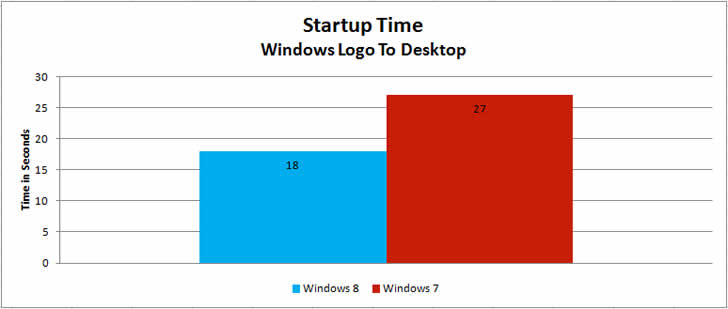
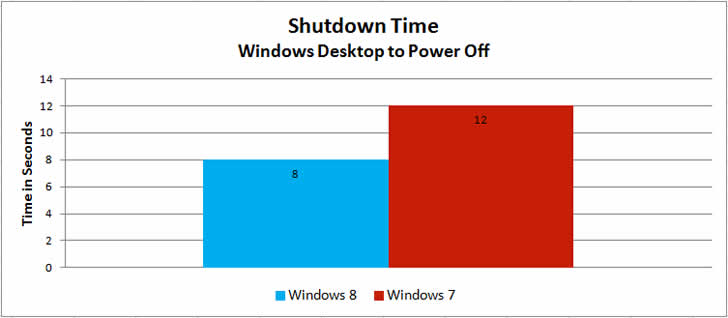
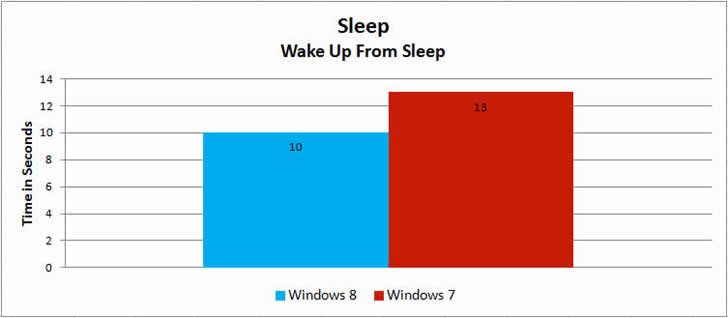
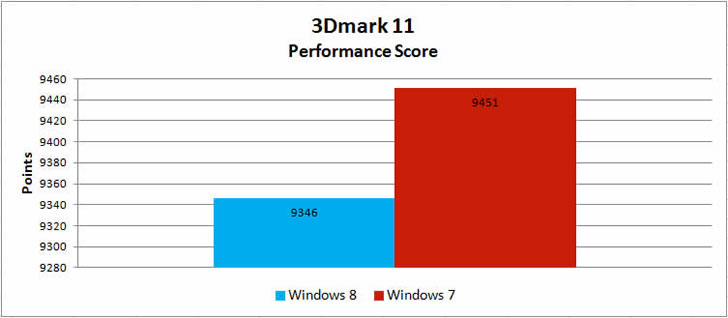
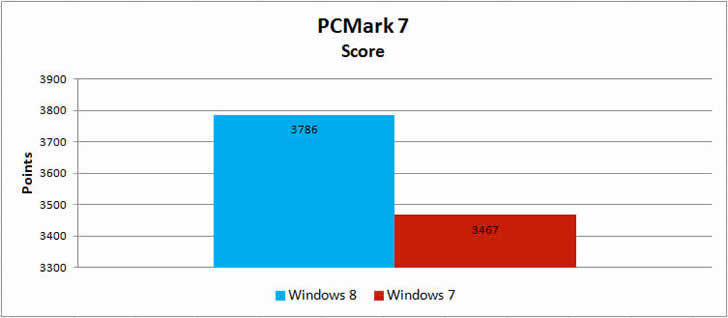
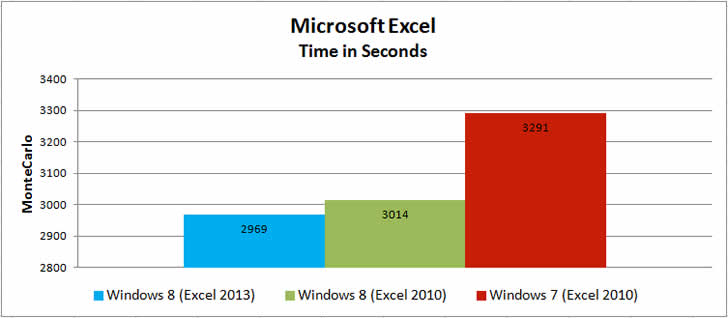
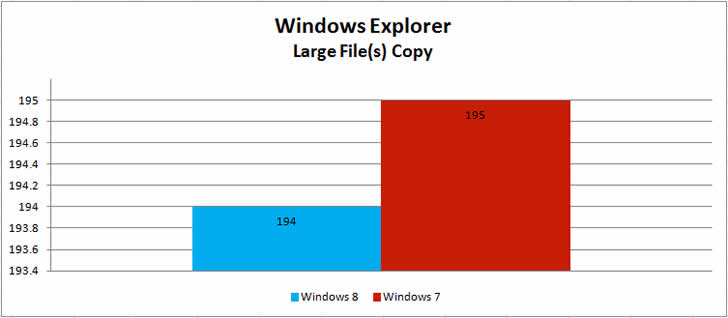
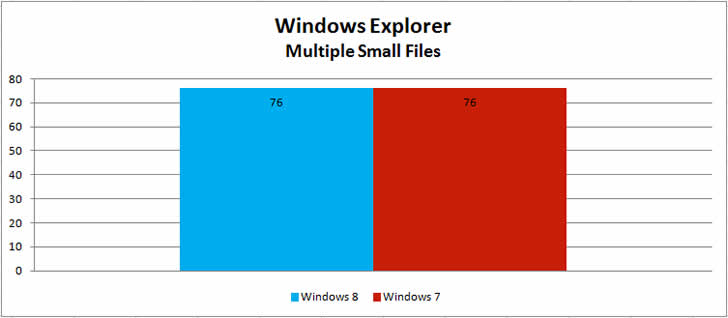
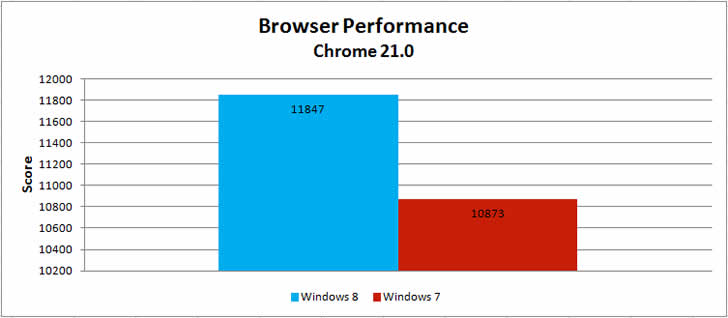
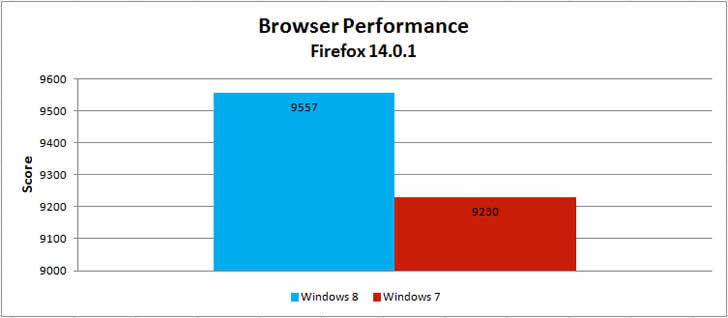
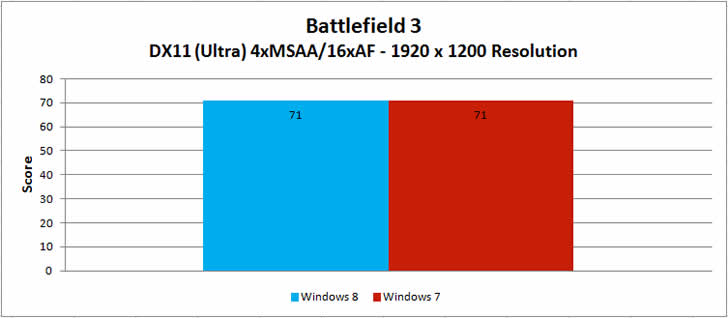
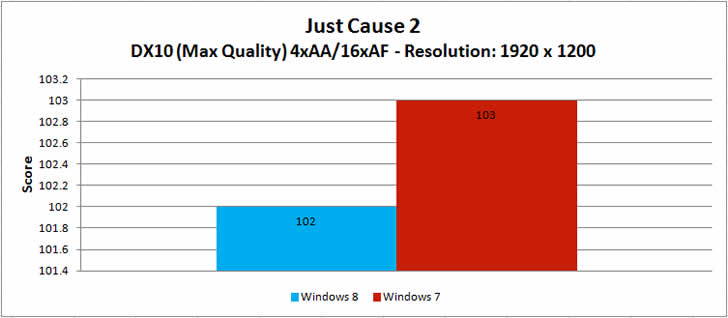
Windows 8 is faster booting up, faster shutting down, faster going to sleep, equivalent to Windows 7 for 3D graphics processing (very slight advantage to Windows 7), faster with both Chrome and Firefox, equivalent to Windows 7 for file transfer (very slight advantage to Windows 8), faster at Excel tests and with better media performance.
But what about security?
Windows 8 has integrated antivirus, allows early-launch anti-malware, automatically scans all your downloaded EXEs, has SecureBoot, all the apps run in a sandbox mode for greater security, and has huge improvements in memory management.
BUT I DON'T LIKE METRO SO IT SUCKS












Windows 8 is faster booting up, faster shutting down, faster going to sleep, equivalent to Windows 7 for 3D graphics processing (very slight advantage to Windows 7), faster with both Chrome and Firefox, equivalent to Windows 7 for file transfer (very slight advantage to Windows 8), faster at Excel tests and with better media performance.
But what about security?
Windows 8 has integrated antivirus, allows early-launch anti-malware, automatically scans all your downloaded EXEs, has SecureBoot, all the apps run in a sandbox mode for greater security, and has huge improvements in memory management.
BUT I DON'T LIKE METRO SO IT SUCKS
-

exploited - Vice President
- Posts: 23035
- Joined: Fri Sep 14, 2012 2:32 pm
- Location: Ontario, Canada
- Gender:

- Has thanked: 2562 times
- Been thanked: 1837 times
Who is online
Users browsing this forum: No registered users and 65 guests


